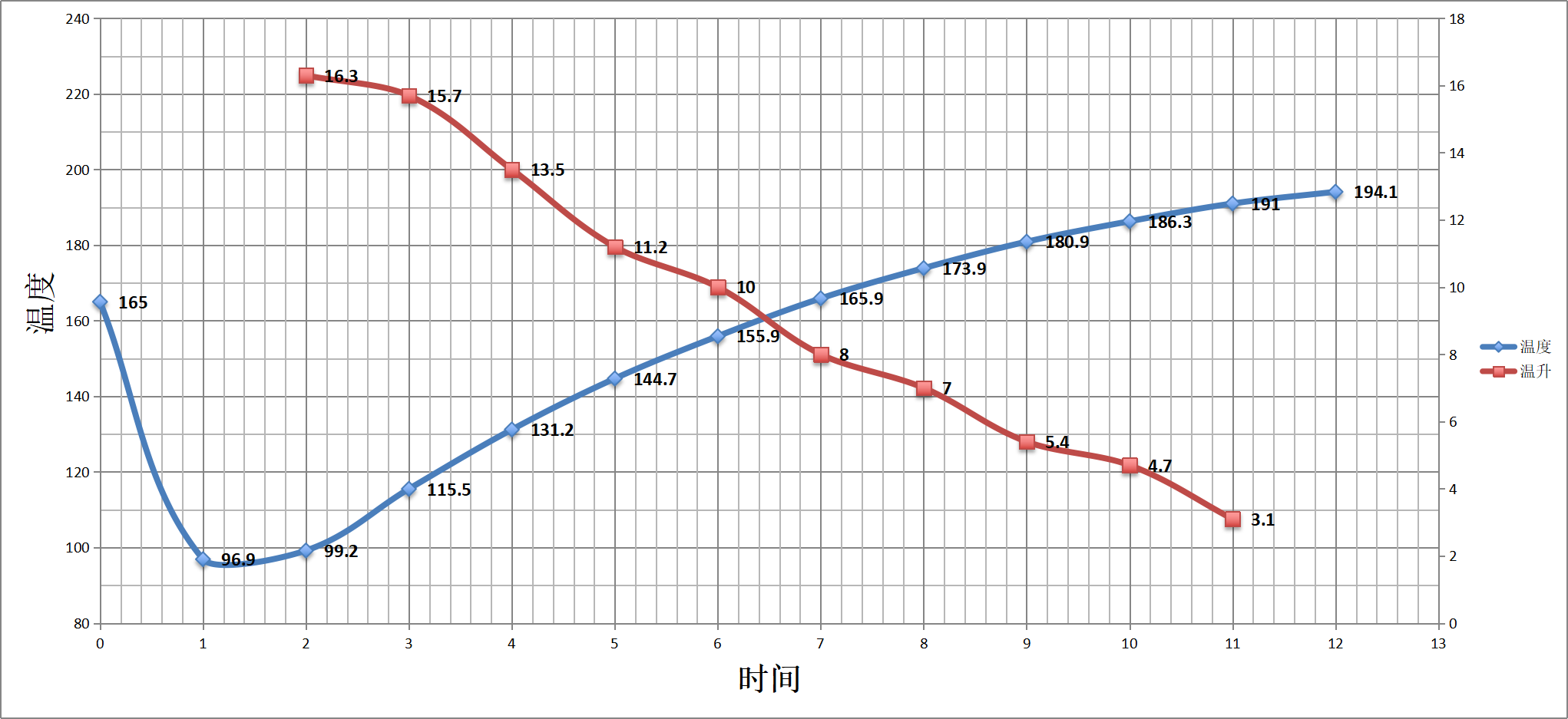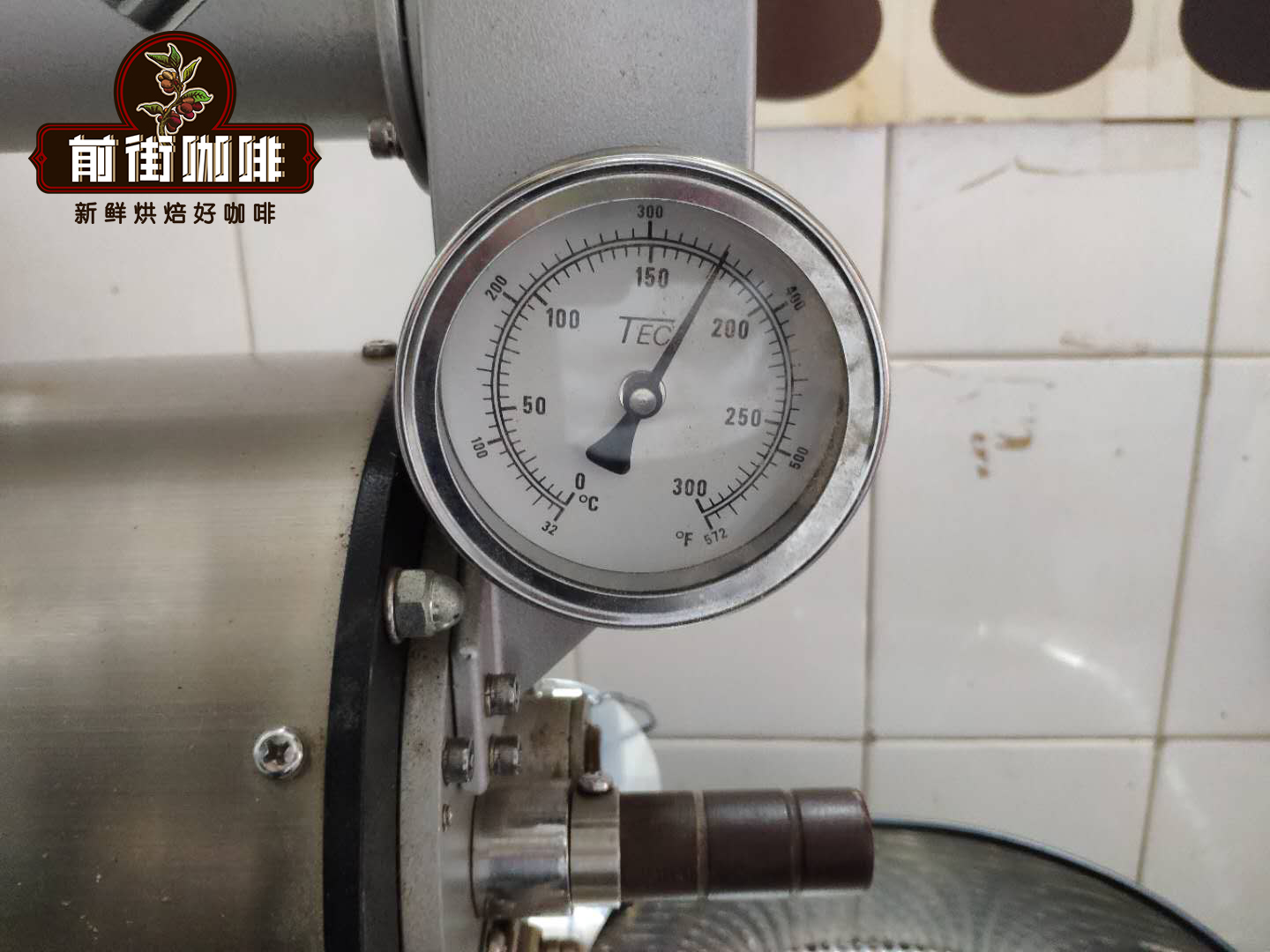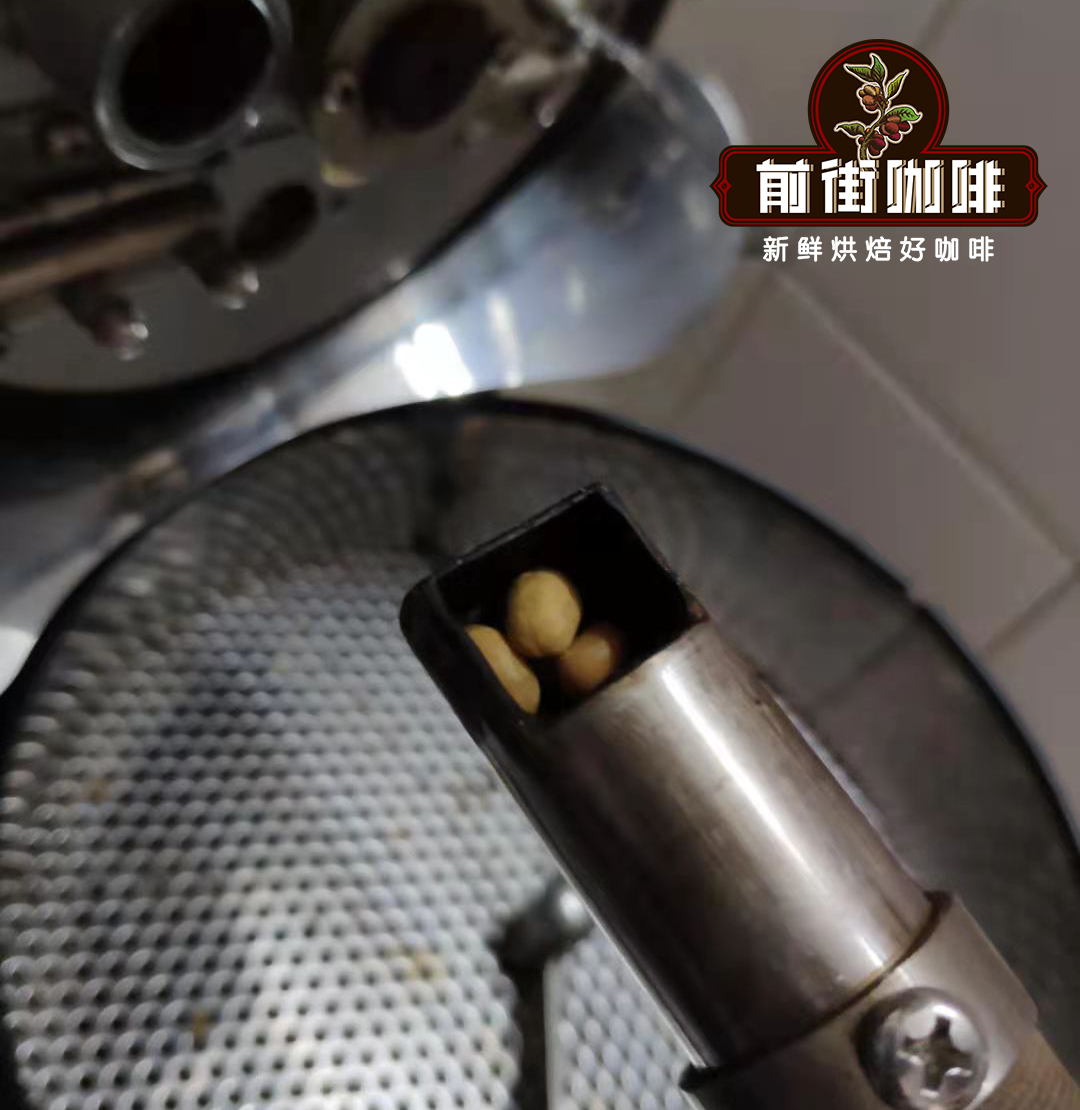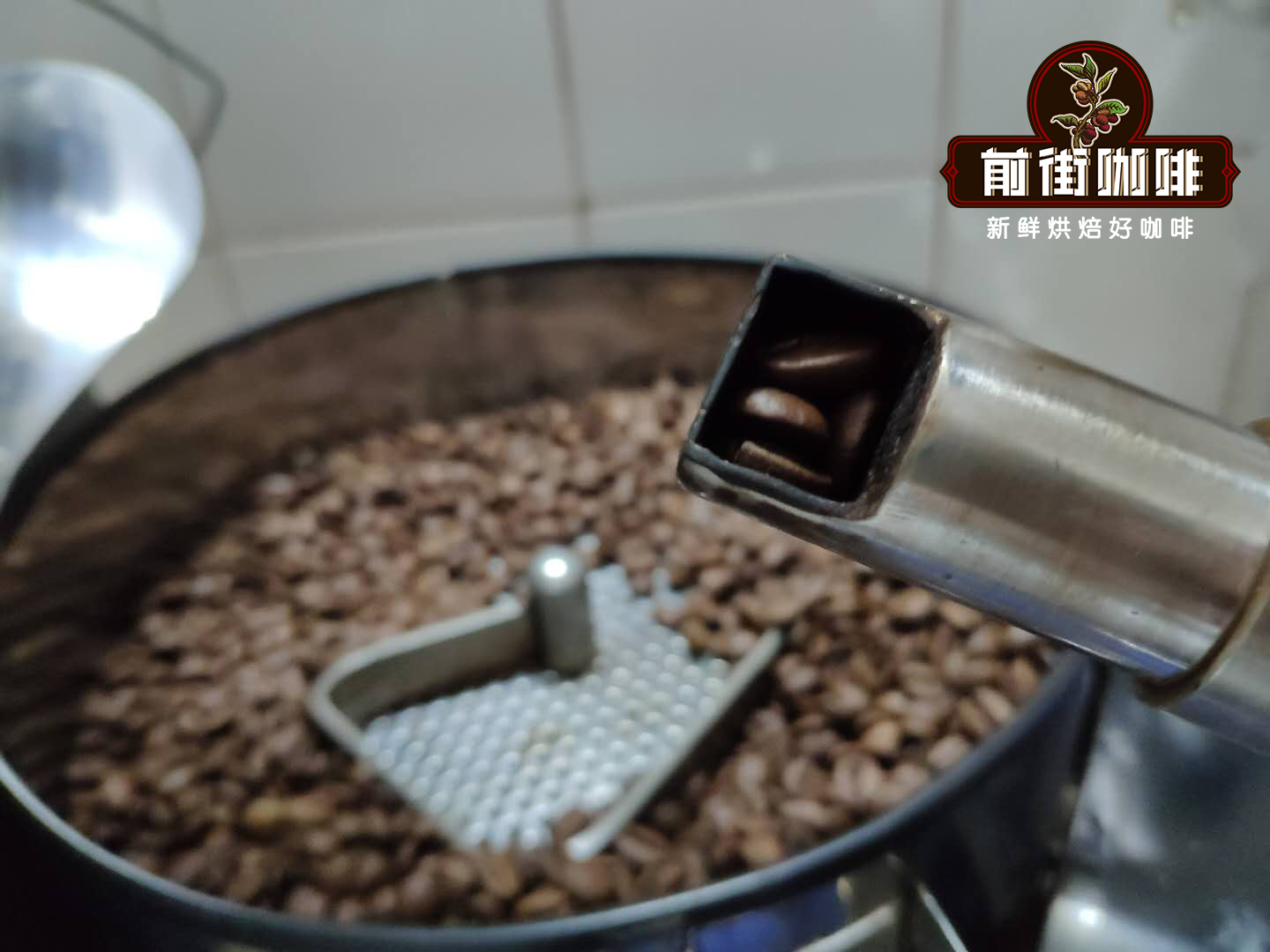Coffee Roasting Curve How to understand how to learn coffee roasting Coffee Roasting Curve Illustration
Guide reading
Coffee is roasted like cooking, and the baking curve represents a record of the way beans are roasted (recipes). The baking curve of different coffee beans in a bakery is different, and several bakeries have different baking ideas (baking curve) for the same coffee bean, so we should learn to look at the coffee baking curve.
Why do you need a baking curve?
Although the understanding of coffee roasting varies from family to family, the principle of roasting is the same, which is reflected in the numerical change in the baking curve. Then the baking curve can help bake to find out the reason for baking (good or bad) and establish a stable baking production line for beans. It has also become a good breakthrough for beginners in baking. the key data are coffee bean temperature curve, air, ambient temperature curve and heating rate curve. the understanding of beans can be deepened by measuring coffee bean color changes, air flow and gas pressure. no, no, no.
How to observe the baking curve?
Observe that the Abscissa of the baking graph represents the time and the ordinate represents the temperature. The baking curve is generally in the shape of "√". The curve is divided into several nodes for analysis.

A, the entry point: this is the node where the raw coffee beans enter the boiler, and it is also the time beginning of the calculation of the baking curve. Generally, the furnace temperature at the entry point will be relatively high, and the warm beans preset by the raw beans in different producing areas are different according to the amount of raw beans. Generally, the temperature of entering beans will be controlled between 160200 ℃.

B, temperature recovery point: as the furnace temperature is greater than 160℃, the raw beans at room temperature (25-28 ℃) will absorb a lot of heat, resulting in a rapid drop in furnace temperature, and when the temperature difference between the bean temperature and the furnace temperature is similar, the furnace temperature no longer decreases, but rises, and this inflection point is called the temperature recovery point.
C, turning yellow point: after the reheating point, the water content of raw beans in the boiler began to evaporate, and with the continuous rise of the furnace temperature, in about 6 minutes, the green raw beans began to turn yellow, and the folds of the bean surface slowly appeared. This is the turning yellow point. Generally speaking, the stage from entering the bean to turning yellow is called the dehydration period. The yellowing point is the period when the amount of evaporation of raw coffee beans is the most.

The more water content of raw beans, the deeper the wrinkles on the surface of raw beans. If the moisture content is the same, the raw beans with high mass density will be deeper than those with low density.
D, the first burst: commonly known as "an explosion", before an explosion, raw coffee beans are in an endothermic state, when the beans accumulate enough energy and expand, it will burst and release heat, it is generally judged that the beginning of an explosion is to hear sporadic 4-5 sounds. After an explosion, you can choose to bake at any time, and the longer the time is, the more prominent the caramelization reaction of coffee will be. The deeper the baking will be. This demonstration curve starts to explode in 9 minutes and 30 seconds and comes out 3 minutes after the explosion begins.

E, the second burst: if we do not choose to come out, but continue to develop, there will be a quiet period of 1-2 minutes after the end of the first explosion, and then there will be a second explosion. It is also 4-5 sound to judge the beginning of the second explosion, the second burst sound is not strong, but appears to be a low sound. Generally speaking, the coffee baked after the second explosion is black chocolate.
How to adjust the baking curve?
[firepower] the firepower directly affects the roasting degree of coffee beans. The flavor of the coffee beans and the time we want to bake. The more firepower, the more flavor, but at the same time. All flavors are not necessarily good flavors. With enough firepower, coffee beans can release more flavor substances. But it also highlights the bad flavor of coffee beans. So throughout the baking process, we should cooperate with the use of the throttle, adjust the flavor of coffee beans to the best state, and ensure the cleanliness of coffee beans at the same time.
To put it simply, firepower is equivalent to the medium in which you can control the temperature, large firepower will lead to an increase in the temperature rise rate (steep slope of the curve), and small firepower will lead to a decrease in the temperature rise rate (slow slope of the curve). Of course, when baking, you need to use large firepower and small firepower alternately to ensure the heating rate you want.

[throttle] to some extent, it is auxiliary firepower to store heat. At the same time, for the various flavors released by firepower, the size of the throttle will affect the effect of hot air in the boiler on the heating of raw coffee beans. Under the premise of sufficient heat, slightly increasing the throttle can enhance the effect of hot air on raw coffee beans. However, if the heat is not sufficient or the throttle is too large, the boiler will lose temperature. Opening the throttle when necessary can more quickly remove the silver skins and particles that make the coffee smell. The size of the throttle will also affect the pressure of the boiler and the development of coffee beans.
Important Notice :
前街咖啡 FrontStreet Coffee has moved to new addredd:
FrontStreet Coffee Address: 315,Donghua East Road,GuangZhou
Tel:020 38364473
- Prev
How Coffee Swan is made? latte Coffee Swan course
I don't know if you have learned the embossed tulips! This issue continues to open the secret book of the two-winged swan. If you don't say much, start right away. In the preparation stage, choose the thin foam made of espresso and fresh milk. The front street of espresso uses sunflower sunflower coffee (Shirley red cherries), and Shirley coffee beans provide rich coffee fat.
- Next

Does the coffee liquid steamed by hand need to be poured out? How much water do you need for steaming coffee?
In general, the amount of steaming water is twice as much as that of coffee powder, which is due to the fact that the saturated water absorption of coffee powder is twice that of itself. But in practice, when twice the amount of water is injected into the initial water injection stage, the excess coffee liquid will be dripped into the lower pot, so does the coffee liquid dripping into the next pot need to be poured out? Why is there excess coffee liquid? First of all, explain the problem.
Related
- Beginners will see the "Coffee pull flower" guide!
- What is the difference between ice blog purified milk and ordinary milk coffee?
- Why is the Philippines the largest producer of crops in Liberia?
- For coffee extraction, should the fine powder be retained?
- How does extracted espresso fill pressed powder? How much strength does it take to press the powder?
- How to make jasmine cold extract coffee? Is the jasmine + latte good?
- Will this little toy really make the coffee taste better? How does Lily Drip affect coffee extraction?
- Will the action of slapping the filter cup also affect coffee extraction?
- What's the difference between powder-to-water ratio and powder-to-liquid ratio?
- What is the Ethiopian local species? What does it have to do with Heirloom native species?

